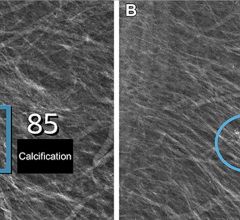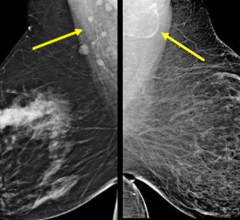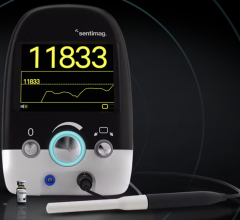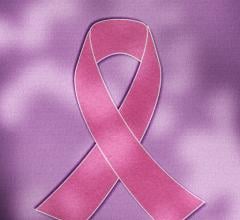September 5, 2007 - The FDA has licensed a new vaccine to protect people at high risk of exposure to smallpox during a bioterrorist attack.
The ACAM2000 vaccine will be included in the Center for Disease Control and Prevention's Strategic National Stockpile of medical supplies.
A worldwide vaccination program eradicated smallpox in the population. The last case of naturally occurring smallpox in the U.S. was in 1949 and the last case in the world was reported in Somalia in 1977. Known stockpiles of the virus are kept only in two approved labs in the United States and Russia. The CDC considers it a Category A agent, meaning it presents one of the greatest potential threats for harming public health.
Smallpox is caused by the variola virus, which emerged in human populations thousands of years ago. It spreads through close contact with infected individuals or contaminated objects, such as bedding or clothing. There is no FDA-approved treatment for smallpox and the only prevention is vaccination.
“The licensure of ACAM2000 supplements our current supply of smallpox vaccine, meaning we are more prepared to protect the population should the virus ever be used as a weapon,” said Jesse L. Goodman, MD, MPH, director of FDA's Center for Biologics Evaluation and Research. “This vaccine is manufactured using modern cell culture technology allowing rapid and large scale production of a vaccine with consistent product quality.”
The symptoms of smallpox typically began with high fever, head and body aches. A rash followed that spread and progressed to raised bumps and pus-filled blisters that crusted, scabbed, and fell off after about three weeks, leaving a pitted scar. The fatality rate historically was about 30 percent, according to the CDC.
ACAM2000 is made using a pox virus called vaccinia, which is related to but different from the virus that causes smallpox. The vaccine contains live vaccinia virus and works by causing a mild infection that stimulates an immune response that effectively protects against smallpox without actually causing the disease.
The vaccine is derived from the only other smallpox vaccine licensed by FDA, Dryvax, approved in 1931 and now in limited supply because it is no longer manufactured.
Although smallpox vaccination ended in the United States in 1972 because it was no longer needed for prevention, the U.S. military resumed vaccination of at-risk personnel in 1999, after concluding that the disease posed a potential bioterrorism threat.
"Smallpox could be a particularly dangerous biological threat to us that would kill or debilitate a high percentage of the population," said Rear Adm. W. Craig Vanderwagen, M.D., assistant secretary for preparedness and response, U.S. Department of Health and Human Services. "The licensing of ACAM2000 will make us better prepared as a nation because it provides an important, effective tool for protecting first responders and individuals with a high risk of exposure from this potentially lethal disease."
ACAM2000 was studied in two populations - those who had never been vaccinated for smallpox, and those who had received smallpox vaccination many years earlier. The percentage of unvaccinated persons who developed a successful immunization reaction was similar to that of Dryvax. ACAM2000 also was found to be acceptable as a booster in those previously vaccinated for smallpox.
Because ACAM2000 contains live vaccinia virus, care must be taken to prevent the virus from spreading from the inoculation site to other parts of the body, and to other individuals.
To minimize known risks, the vaccine licensing is subject to a Risk Minimization Action Plan (RiskMAP). The RiskMAP requires providers of the vaccine and patients to be educated about these and other risks. The RiskMAP also requires patient education through an FDA-approved medication guide for those who receive the vaccine.
The medication guide explains the proper care of the vaccination site and provides information about serious side effects that can occur with ACAM2000. In studies, about 1 in 175 healthy adults who received smallpox vaccine for the first time developed inflammation and swelling of the heart and/or surrounding tissues (myocarditis and/or pericarditis). Of the 10 affected adults, four had no symptoms and at the end of the study, all but one had their symptoms resolve.
ACAM2000 is manufactured by Acambis Inc. of Cambridge, England and Cambridge, MA. Dryvax was made by Wyeth Laboratories Inc. based in Madison, NJ.
For more information: www.fda.gov


 July 29, 2024
July 29, 2024 








